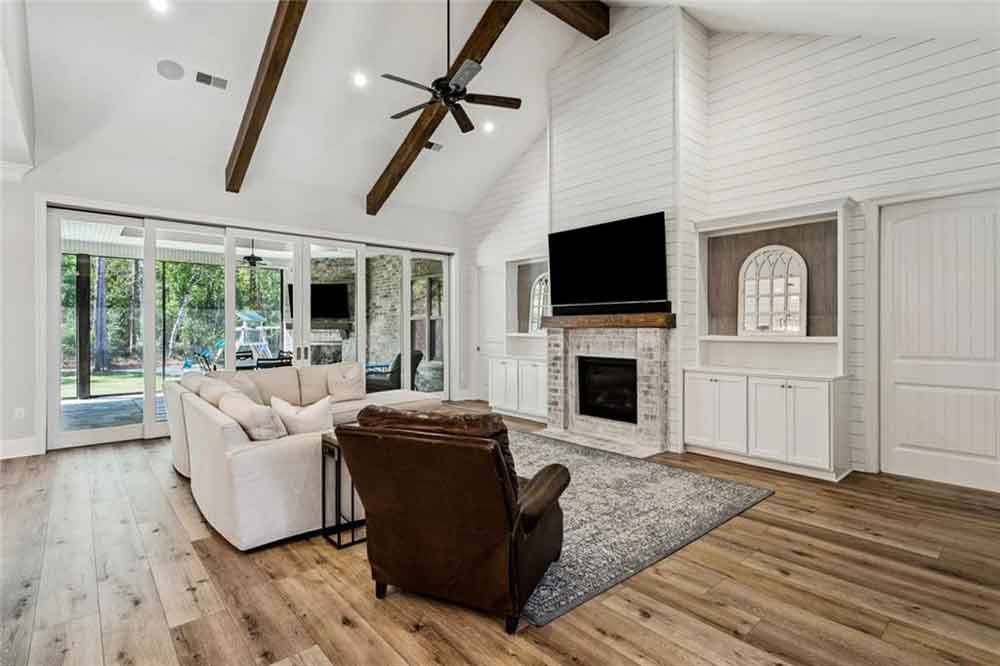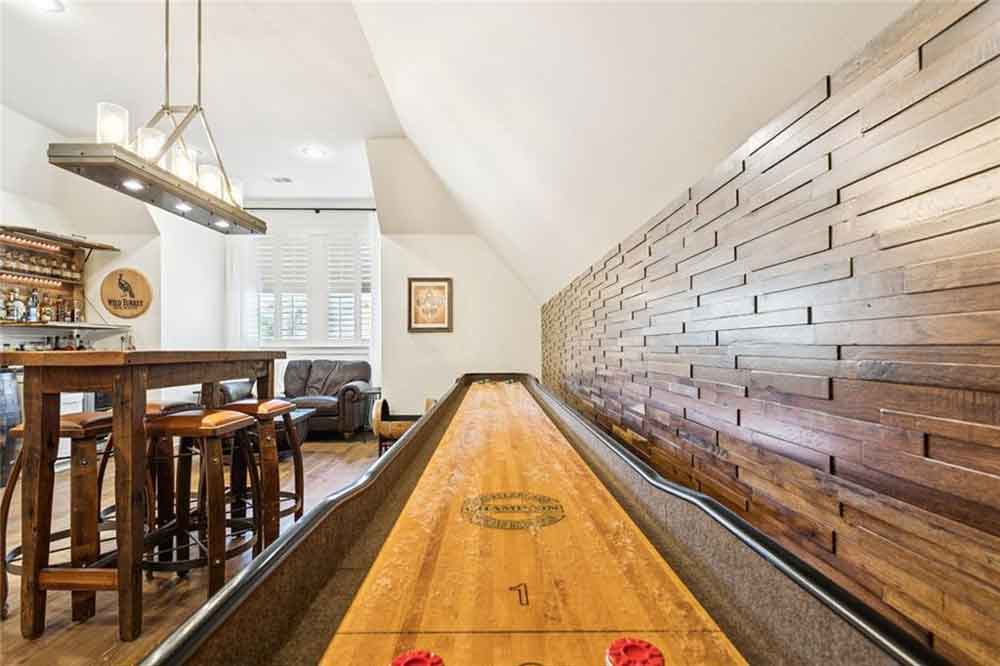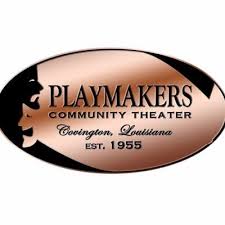Porch Fest, December 6, 2025
PorchFests are community music celebrations that take place every year across the United States and Canada.
Porch Fest
Covington, LA
December 6, 2025
2pm – 5pm
Occasionally, because Bedico Creek Preserve is such a popular neighborhood on the northshore of Lake Pontchartrain in New Orleans, Louisiana, we will have newspaper, magazine, and online articles and blogs written about our master-planned community. We feature these articles in our Press Room area. Also, we sometimes create press releases for special news and events that are happening at Bedico Creek Preserve. You can find all of this information, plus make media inquiries all right here in our Press Room.
PorchFests are community music celebrations that take place every year across the United States and Canada.

Porch Fest
Covington, LA
December 6, 2025
2pm – 5pm
Come visit the as the visitor center that turns into a cozy hub of pumpkins, music, and laughter.
 Fall Fest
Fall Fest
Global Wildlife
26389 LA-40
Folsom, LA 70437
November 22, 2025
4pm – 7pm
$20 per person
Click Here for More Information.
Mortgage rates have tumbled in recent weeks, offering long-awaited relief for homebuyers who’ve been sidelined by high borrowing costs. The average rate for a 30-year fixed mortgage fell to 6.35%, down from 6.5% the previous week, marking the largest one-week decline of 2025 so far, according to Freddie Mac. Earlier this year, rates were hovering above 7%, making this a meaningful shift for potential buyers looking to enter the market.
Economists say the sudden drop stems largely from new government data showing a sharp slowdown in hiring, which has strengthened expectations that the Federal Reserve will soon cut interest rates. When the Fed signals lower rates ahead, borrowing costs across the economy — including mortgage rates — tend to fall as well. “This is a significant drop,” said Ken Johnson, a real estate economist at the University of Mississippi. “It’s enough to make a noticeable difference in affordability for buyers.”
Even a modest decline in mortgage rates can translate into substantial savings. According to Rocket Mortgage, a one-percentage-point drop can save thousands — and in some cases tens of thousands — of dollars annually, depending on the home’s purchase price. But this new environment presents a dilemma: should buyers rush to lock in lower rates now, or hold out in hopes of even cheaper financing later this year?
Mortgage rates are closely tied to the yield on the 10-year Treasury bond, which has been falling alongside expectations for an upcoming rate cut from the Federal Reserve. The Fed’s benchmark interest rate — currently between 4.25% and 4.5% — hasn’t changed in nine months, following an aggressive series of hikes meant to curb pandemic-era inflation. Now, officials appear to be shifting focus toward the labor market, which has shown clear signs of cooling.
Fed Chair Jerome Powell recently hinted that a rate cut could come soon, saying the central bank is paying closer attention to slowing job growth. Markets have taken that as a strong signal: according to the CME FedWatch Tool, investors see a 76% chance of three quarter-point rate cuts by the end of the year.
However, experts warn that much of this optimism is already “priced in.” Lu Liu, a finance professor at the Wharton School of the University of Pennsylvania, noted that “expectations of lower near-term rates are being priced in, so current mortgage rates look a bit more attractive.” In other words, for mortgage rates to drop significantly below current levels, the Fed would have to ease policy more aggressively than markets currently anticipate.
A further economic slowdown could push the central bank in that direction, but renewed inflation pressure could stop it from cutting too quickly. Balancing those competing risks will likely determine how much further mortgage rates can fall.
Despite these uncertainties, the housing market is becoming more favorable for buyers in other ways. Home prices have cooled noticeably — the median U.S. sales price fell to $410,800 for the three months ending in June, down from $423,100 in the prior quarter, according to U.S. Census Bureau data. Inventory levels are also rising, and homes are spending more time on the market than they did during the pandemic housing boom.
“Prices have cooled, inventory is up, time on the market is up,” said Julia Fonseca, a professor at the University of Illinois at Urbana-Champaign. “All of this suggests it’s a more favorable market for buyers relative to recent years. That said, it’s really hard to predict what will happen with prices in the future.”
Fonseca cautioned homebuyers against trying to “time the market.” Predicting the exact trajectory of mortgage rates, she said, is nearly impossible. Instead, she recommends focusing on personal finances and long-term needs. If rates fall further after buying, refinancing remains an option — as long as the mortgage doesn’t include prepayment penalties.
“I would be guided by your needs and your personal financial situation, rather than try to make predictions about future prices and future interest rates,” Fonseca said.
In short, the housing landscape is beginning to shift in buyers’ favor for the first time in years — but the window may not stay open for long. With rates dropping and the Fed expected to cut soon, decisive buyers could finally find themselves with both affordability and opportunity on their side.
Buying a second home is an exciting financial milestone — whether it’s a lakeside getaway, a mountain cabin, or an investment property meant to generate steady income. But in today’s housing climate, far fewer buyers are choosing to finance those purchases with mortgages. According to Redfin, just 86,604 mortgages were issued for second homes in 2024, the lowest number since 2018 and a sharp drop from the peak of more than 258,000 in 2021.
That decline is partly driven by higher interest rates, which have discouraged many from borrowing altogether. Instead, an increasing number of well-capitalized buyers are paying cash — a move that speeds up the buying process and appeals to sellers eager for quick, secure deals. But for others, tying up that much liquidity can feel risky, especially in an uncertain economy. The key question is whether it’s smarter to pay cash for your second home or finance it with a mortgage — and the answer depends on your financial goals, tax situation, and appetite for flexibility.
Paying Cash: Speed, Savings, and Simplicity
For buyers who can afford it, paying cash offers an undeniable sense of freedom. According to the National Association of Realtors (NAR), about 28% of all home sales last summer were all-cash transactions, and roughly 16% of those involved second homes. Even as that share slipped slightly to 25% by year’s end, cash deals remain a significant force in the market.
The advantages are clear: no interest, no lender fees, and no waiting for underwriting or appraisals. Paying in full can save tens or even hundreds of thousands in financing costs over time. For example, a $400,000 second home purchased with a 6.5% mortgage would cost roughly $819,000 over 30 years — with more than half of that total going toward interest. Paying cash avoids that entirely.
Cash buyers also enjoy negotiation power. Sellers are often more willing to lower their price or accept a cash offer quickly since it removes financing uncertainty. The closing process is faster, and owning the property outright offers immediate peace of mind.
However, paying cash has trade-offs. It can significantly deplete savings, leaving little room for unexpected expenses such as repairs, taxes, or medical emergencies. It also eliminates potential tax deductions — second-home mortgage interest is deductible within certain limits, an advantage you forgo with a cash purchase. And while owning the home outright builds equity instantly, it ties up funds that might otherwise earn higher returns in the market or other investments.
Using a Mortgage: Flexibility and Financial Balance
For buyers who prefer to maintain liquidity, financing a second home with a mortgage can be the more strategic route. Even with rates in the 6% range, borrowing preserves capital for other priorities — such as renovations, investment opportunities, or simply maintaining a healthy emergency fund.
Mortgages also come with tax benefits. Homeowners can deduct mortgage interest payments up to IRS limits, which can offset some of the costs of borrowing. A second loan can also enhance credit strength over time, as consistent on-time payments demonstrate reliability to future lenders.
Still, there are drawbacks. Taking out a mortgage means committing to years of interest payments and monthly obligations — something that can strain finances if you’re still paying off your primary residence. Closing can also take longer and involve more paperwork, appraisals, and fees, from loan origination to underwriting.
Choosing the Right Path
The decision ultimately comes down to your financial picture and comfort with liquidity. If you have ample savings and want to avoid debt, a cash purchase offers clarity, savings, and immediate ownership. But if you prefer to keep more flexibility, benefit from tax deductions, and maintain access to your funds, financing your second home could be the wiser move — even if it means paying interest over time.
Experts often recommend a hybrid approach: put down a large cash payment to reduce the loan amount while retaining some reserves. This balances both advantages — smaller monthly payments and greater financial security.
Whether you opt for cash or credit, buying a second home is a major decision that should align with your long-term goals. Take time to assess your finances, explore lender options, and weigh how much liquidity you’re comfortable parting with. A dream home should offer freedom and enjoyment — not financial stress.
Join us for a vibrant celebration of culture and history at the Bayou Lacombe Museum’s 7th Annual Native American Heritage Celebration.
 Native America Heritage Celebration
Native America Heritage Celebration
Bayou Lacombe Museum
61115 S St Mary St
Lacombe, LA 70445
November 1 – 2, 2025
Free event
Click Here for More Information.
Come see this production live in Covington.
 Twas the Night Before Christmas
Twas the Night Before Christmas
Playmakers Inc.
19106 Playmakers Rd
Covington, LA 70435
November 29 – December 14, 2025
Every Saturday 7pm and Sunday 2pm
Tickets: $15 – $30
Click Here for More Information.